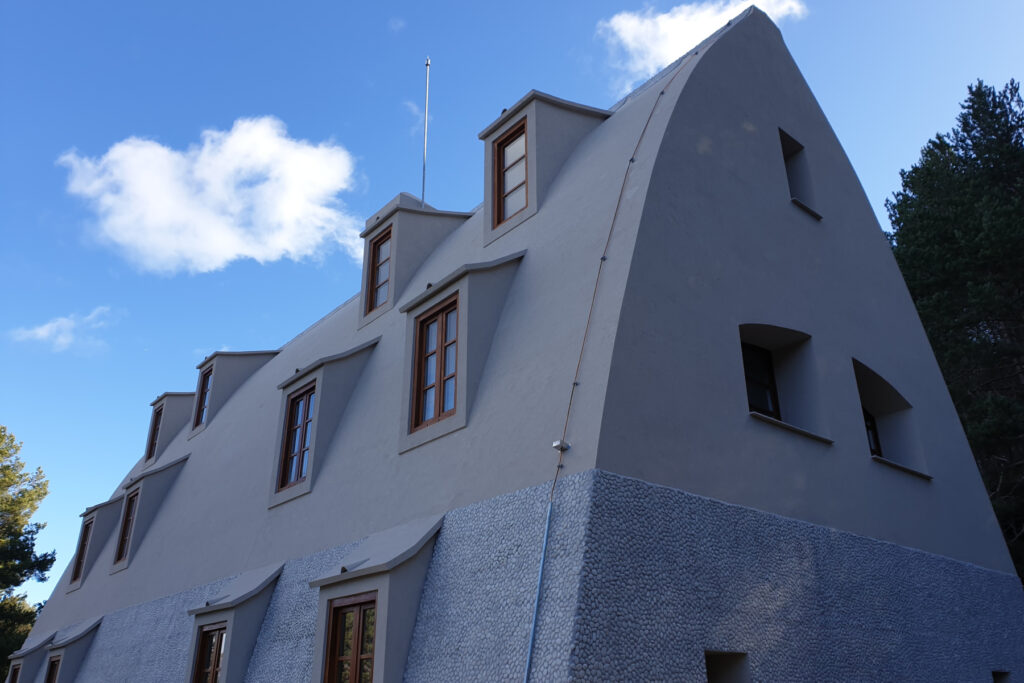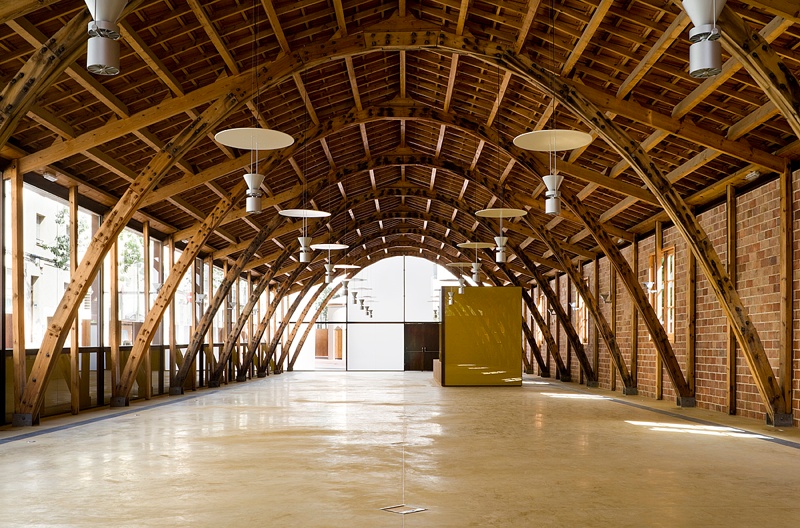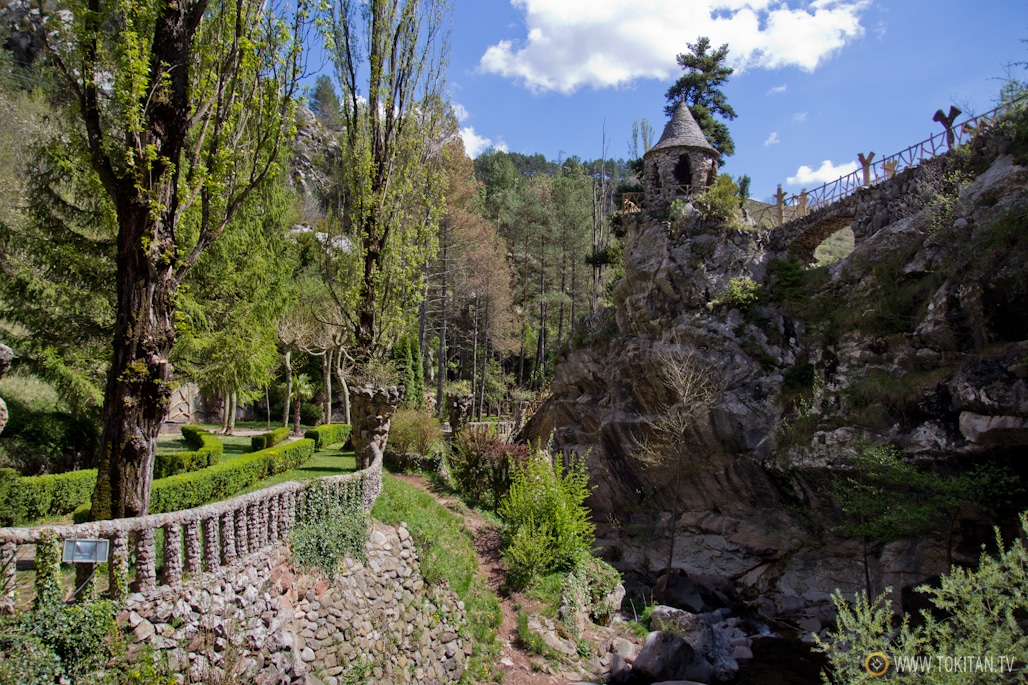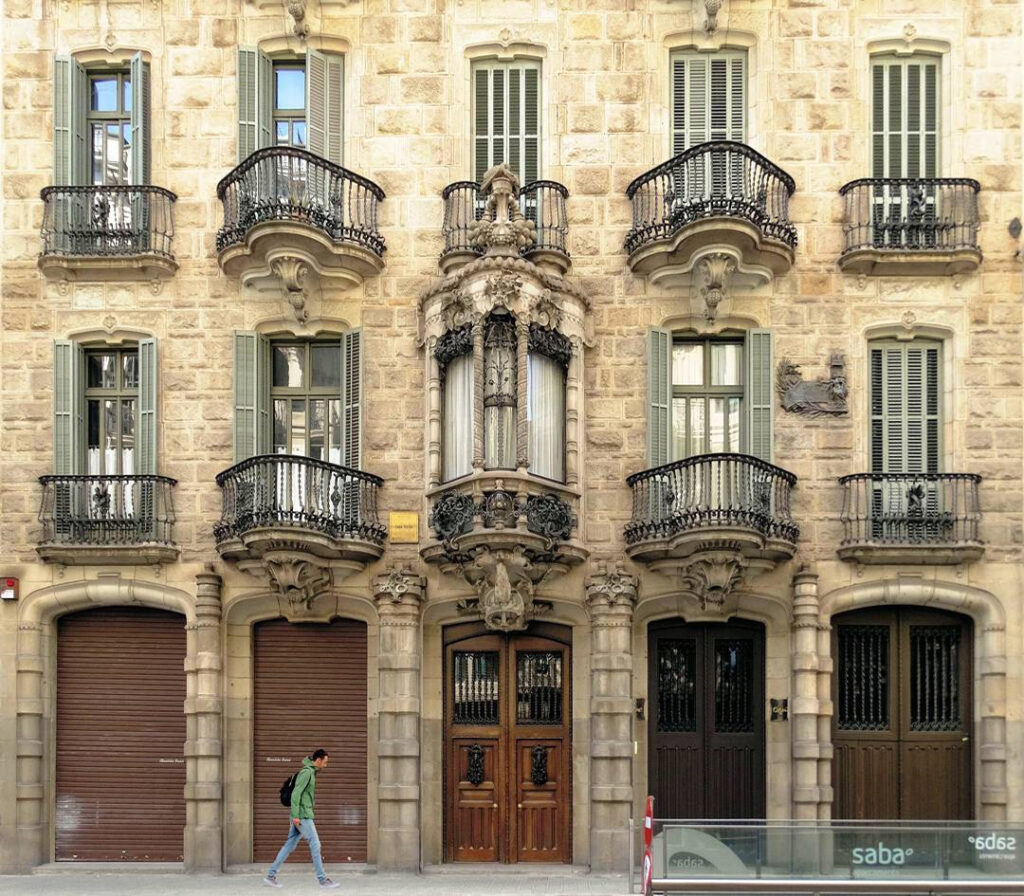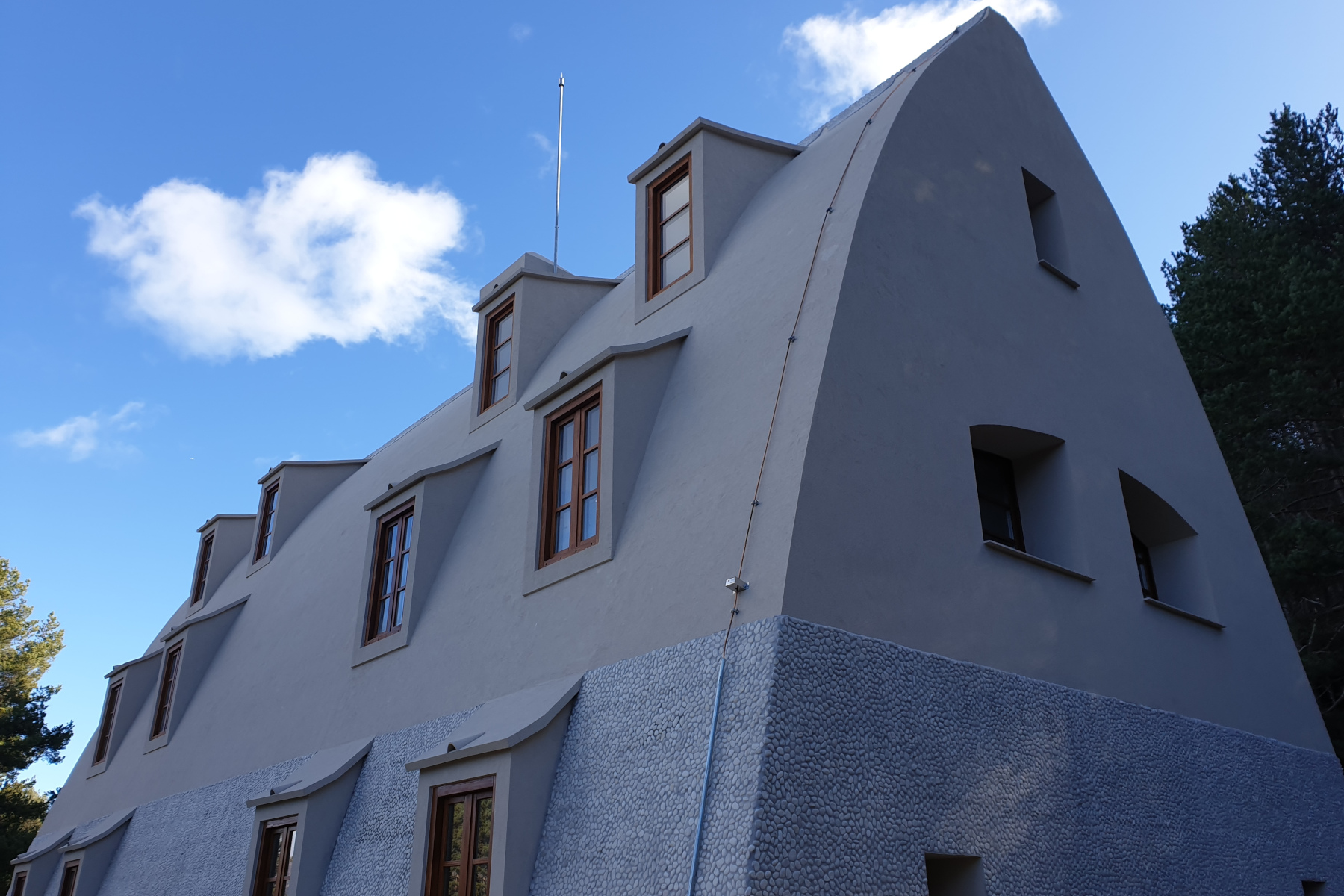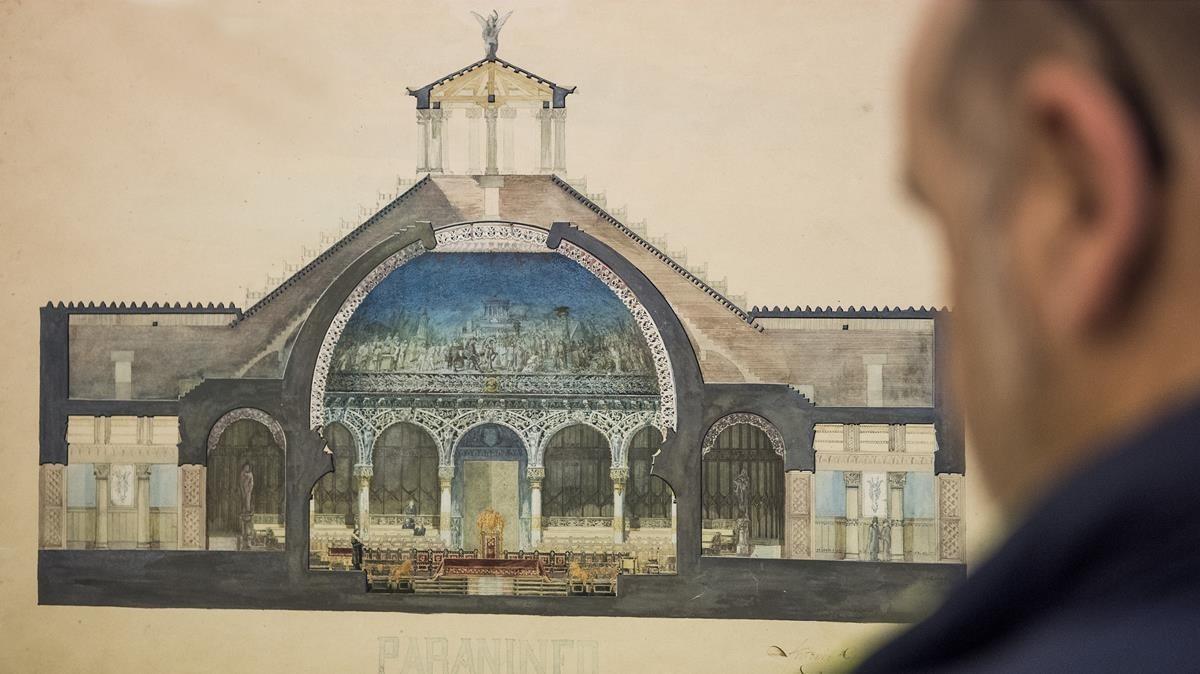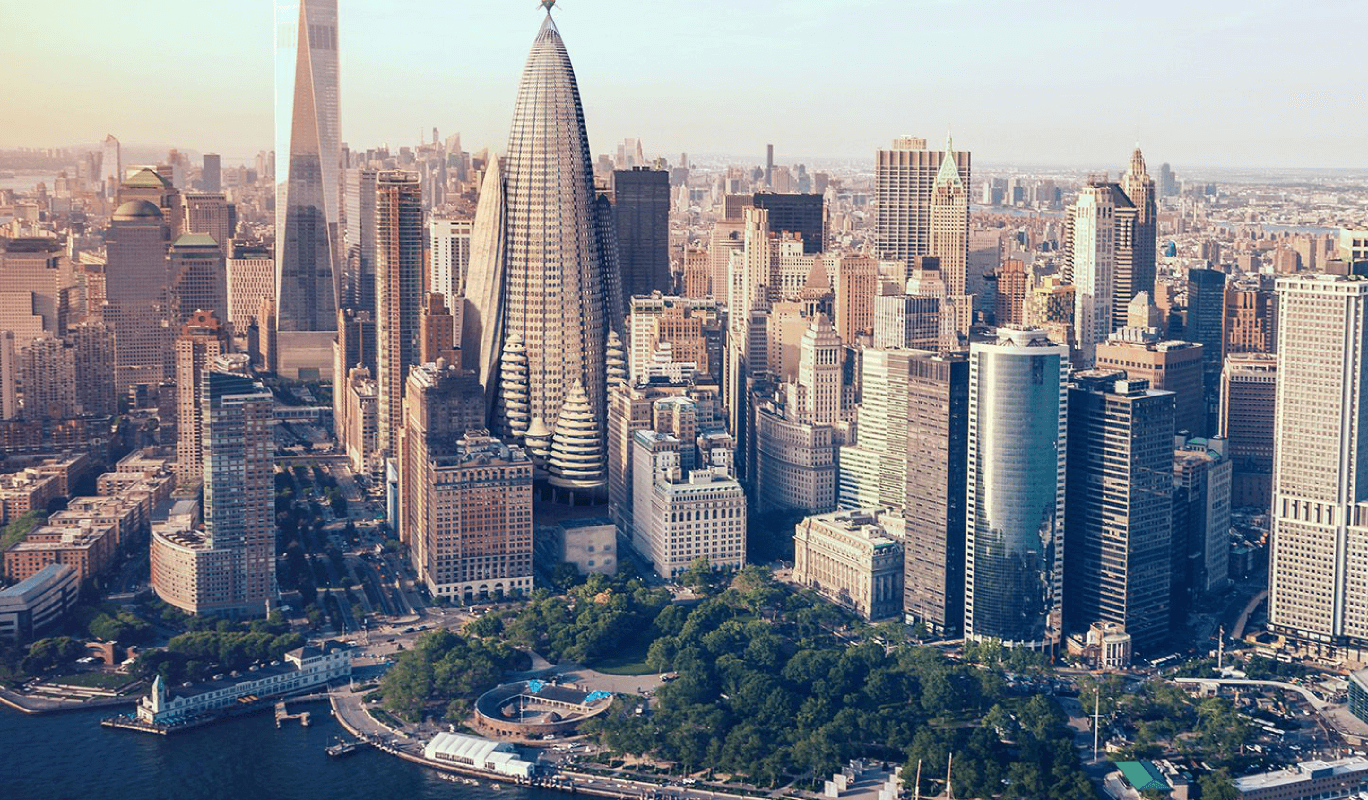Brought back to life
Constructed between 1902 and 1903, the Xalet del Catllaràs was built as a refuge for the engineers and technicians of the Asland cement company. Its primary purpose was to provide housing for those overseeing the nearby lignite mines, which supplied fuel to the cement factory at Clot del Moro.
- Build Projects |
- Gaudi's Work
The attribution of the Xalet del Catllaràs to Gaudí came in 1946, more than 40 years after its construction. It was architect Viladevall who, in the magazine “Cortijos y Rascacielos,” first revealed a conversation in which Domènech Sugranyes Gras (a collaborator of Gaudí on the Sagrada Familia) assured Gaudí’s authorship. This attribution is now generally accepted, although, just as the restoration is completed, the Gaudí Chair is questioning it.

Early 1900s
Used by engineers and technicians working in the mines.
1932
Donated by Asland to the municipality of La Pobla de Lillet, later used by forest engineers.
Mid-20th century
Underwent modifications and was used sporadically.
Recent years
Functioned as a summer camp facility for the Fundació Pere Tarrés, accommodating up to 48 people.
The building
The Xalet is a rectangular structure measuring approximately 8.5 by 17 meters, with three floors including a ground floor, first floor, and attic, reaching a height of about 10 meters. The building features a unique catenary arch structure, with stone paving at the main entrance and two chimneys. The facade includes two single-leaf doors and multiple windows arranged symmetrically across the floors.
The building also had several auxiliary constructions, including facilities for water and electricity, ensuring it was self-sufficient. The central chimney and exterior finishes showcased Gaudí’s distinctive style, blending functionality with artistic flair.

It is notable for its distinctive architectural elements. Among these is the exterior spiral staircase, a hallmark of Gaudí’s design, symbolizing the natural forms he often employed. The use of catenary arches in the building’s structure is another signature element that showcases Gaudí’s innovative approach to architecture.
Restoration
Before the restoration, the Xalet del Catllaràs was in a state of significant disrepair. Decades of neglect had taken their toll, with the structure suffering from weather damage, particularly harsh winters. The roof, facade, and internal structure were compromised, and many original features were deteriorated or lost entirely.
The restoration faced several challenges, including dealing with the building’s advanced state of decay and integrating modern amenities without compromising historical integrity. Humidity control was a significant issue due to the building’s location and the need to preserve original materials while updating the structure to withstand future weather conditions.


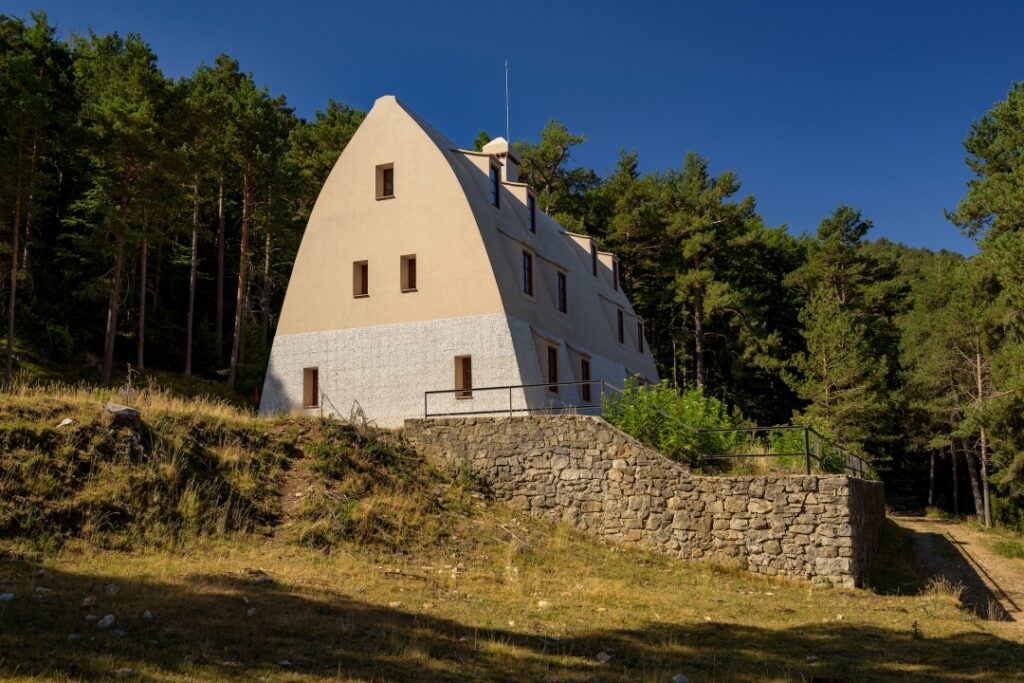
The comprehensive restoration plan was divided into phases to manage both the technical complexity and budget constraints effectively. Each phase was carefully planned to address the most critical aspects of the restoration first, ensuring the building’s longevity and historical integrity. The primary objective of the restoration was to return the Xalet to its original state as designed by Gaudí, while also updating it for modern use. This included:
1. Exterior restoration
The facades were restored to their original appearance, with careful reconstruction of the stonework and wood elements. The parabolic arches and distinctive windows were meticulously repaired.
2. Structural reinforcement
Ensuring the building’s structural integrity was paramount. This involved reinforcing the internal framework, repairing the chimneys, and restoring the roof to prevent future weather damage.
3. Interior rehabilitation
The interior was adapted to allow for various potential uses while maintaining historical accuracy. Modern amenities were discreetly integrated to make the building functional for contemporary needs.
4. Environmental considerations
The restoration project included the use of sustainable materials and techniques. Renewable energy sources were considered, and efforts were made to reduce the building’s environmental footprint, aligning with modern sustainability standards.
The Xalet del Catllaràs is now poised to serve as a cultural landmark, offering visitors a unique insight into Gaudí’s early work and the rich industrial heritage of the region. Potential future uses include cultural events, educational tours, and as a museum showcasing the building’s history and Gaudí’s architectural contributions. This restoration is not just about preserving a building but about celebrating and perpetuating the legacy of one of the world’s most renowned architects.
